Top Healthcare Changes Associated with Urban Growth
U.S. cities are home to 62.7% of the American population, according to the U.S. Census Bureau. This number is expected to grow to 87.4% by 2050. Here's how healthcare can keep up.

Brasell
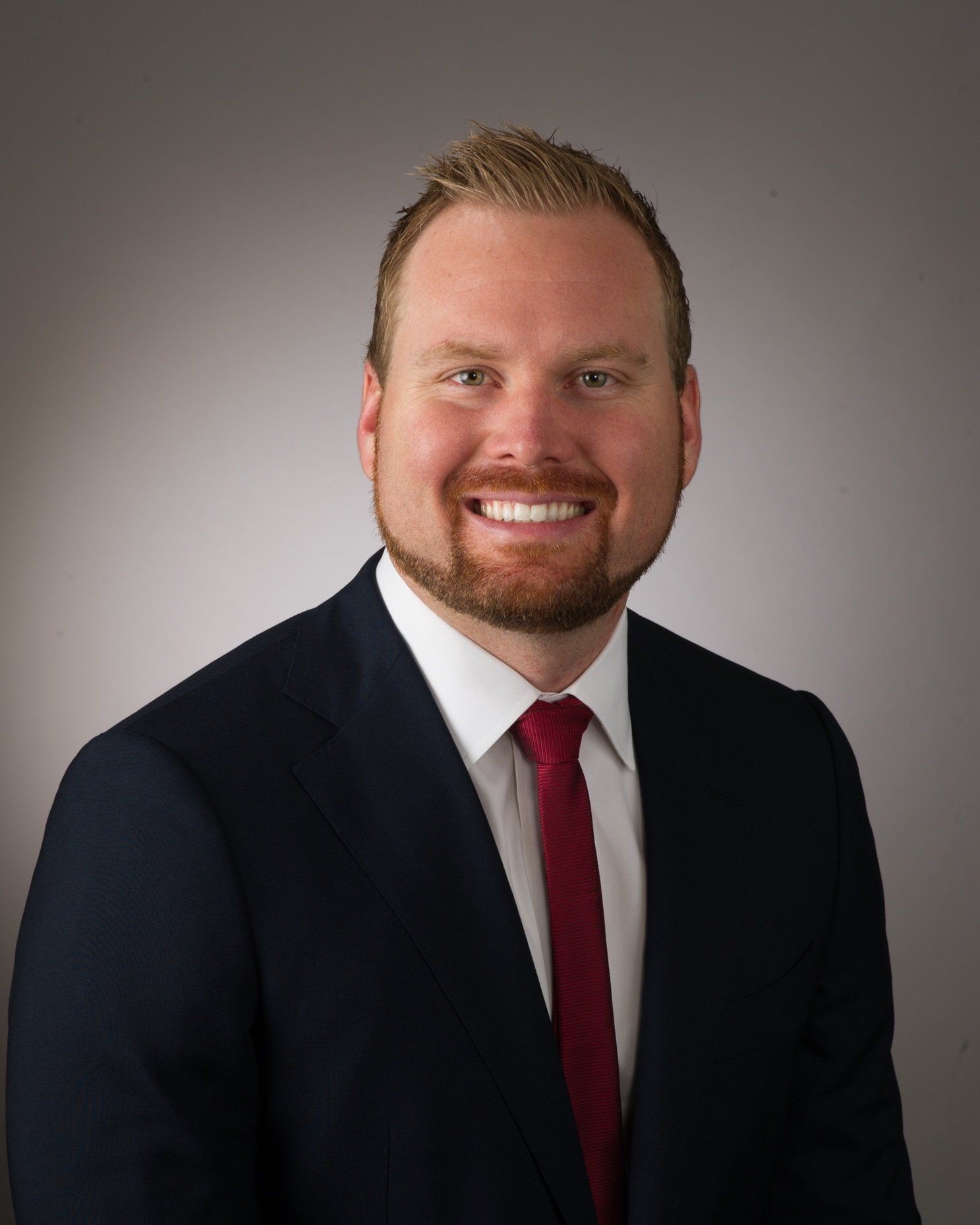
Dobson
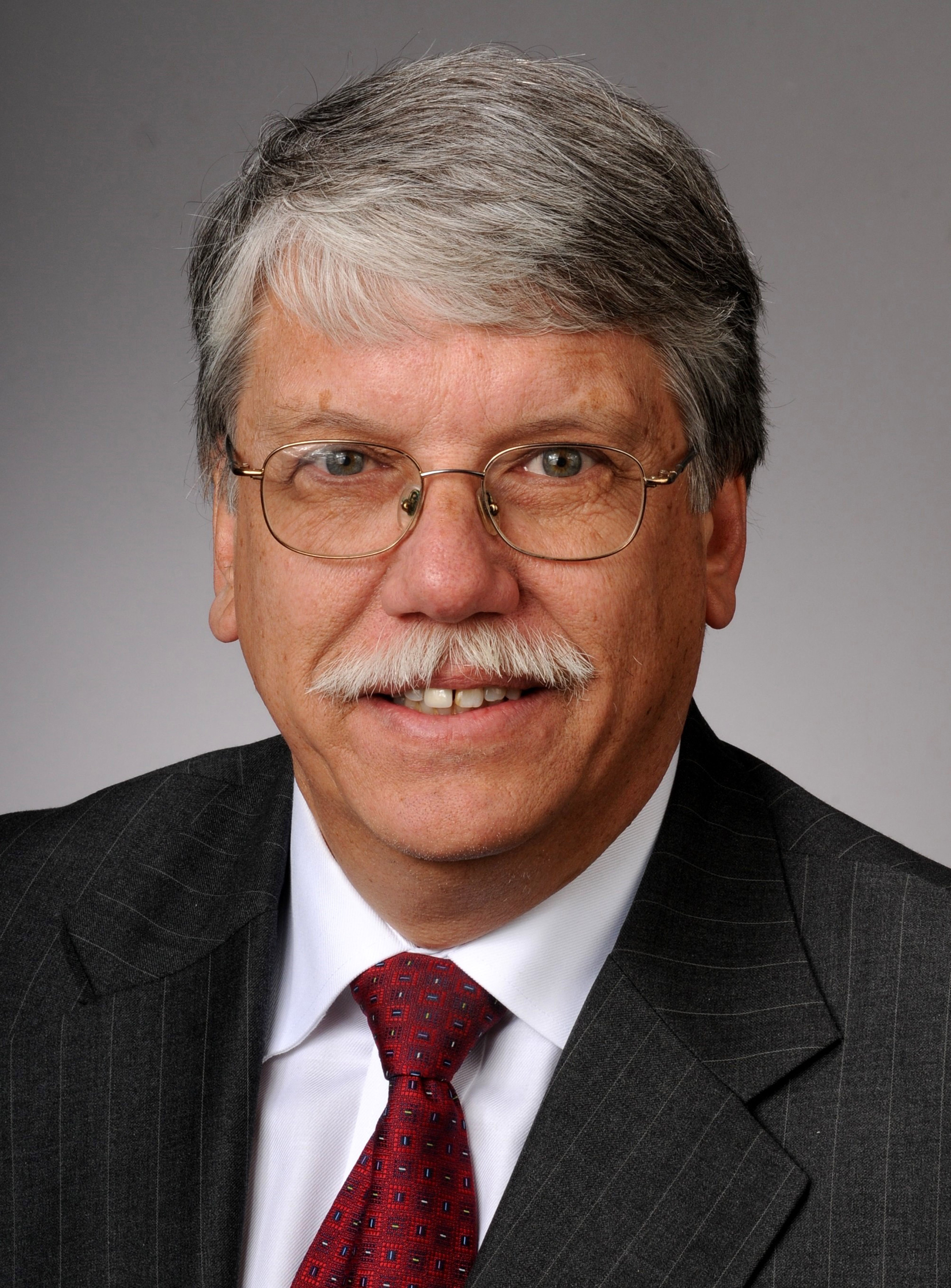
Osowski
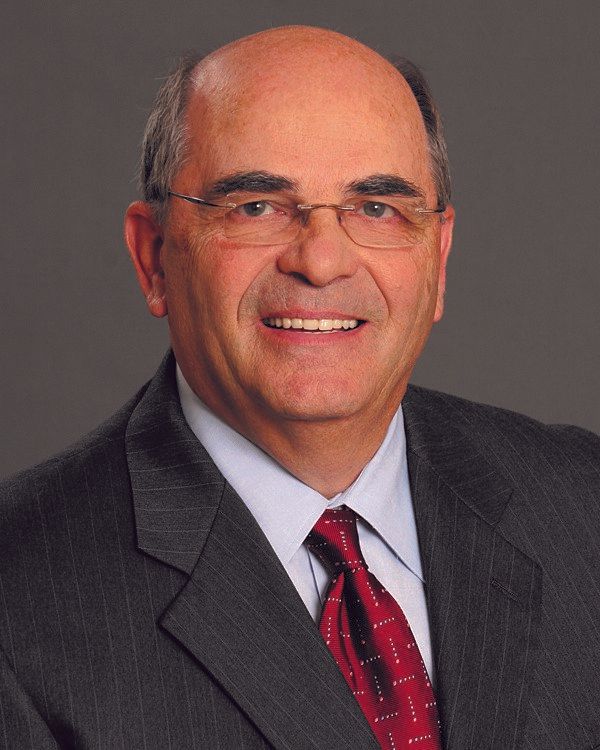
Werner
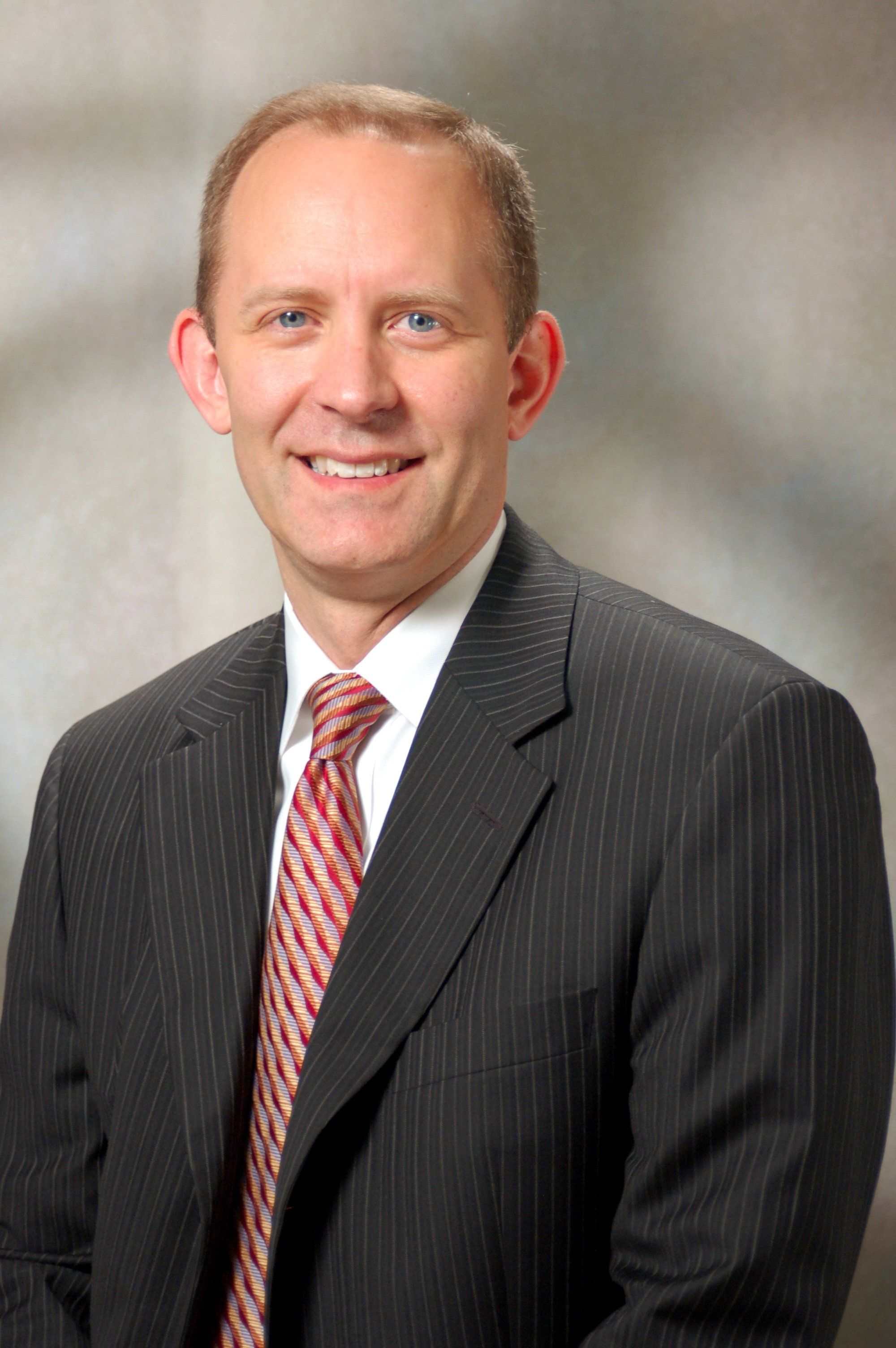
Jacko

Enekwechi

Skabelund
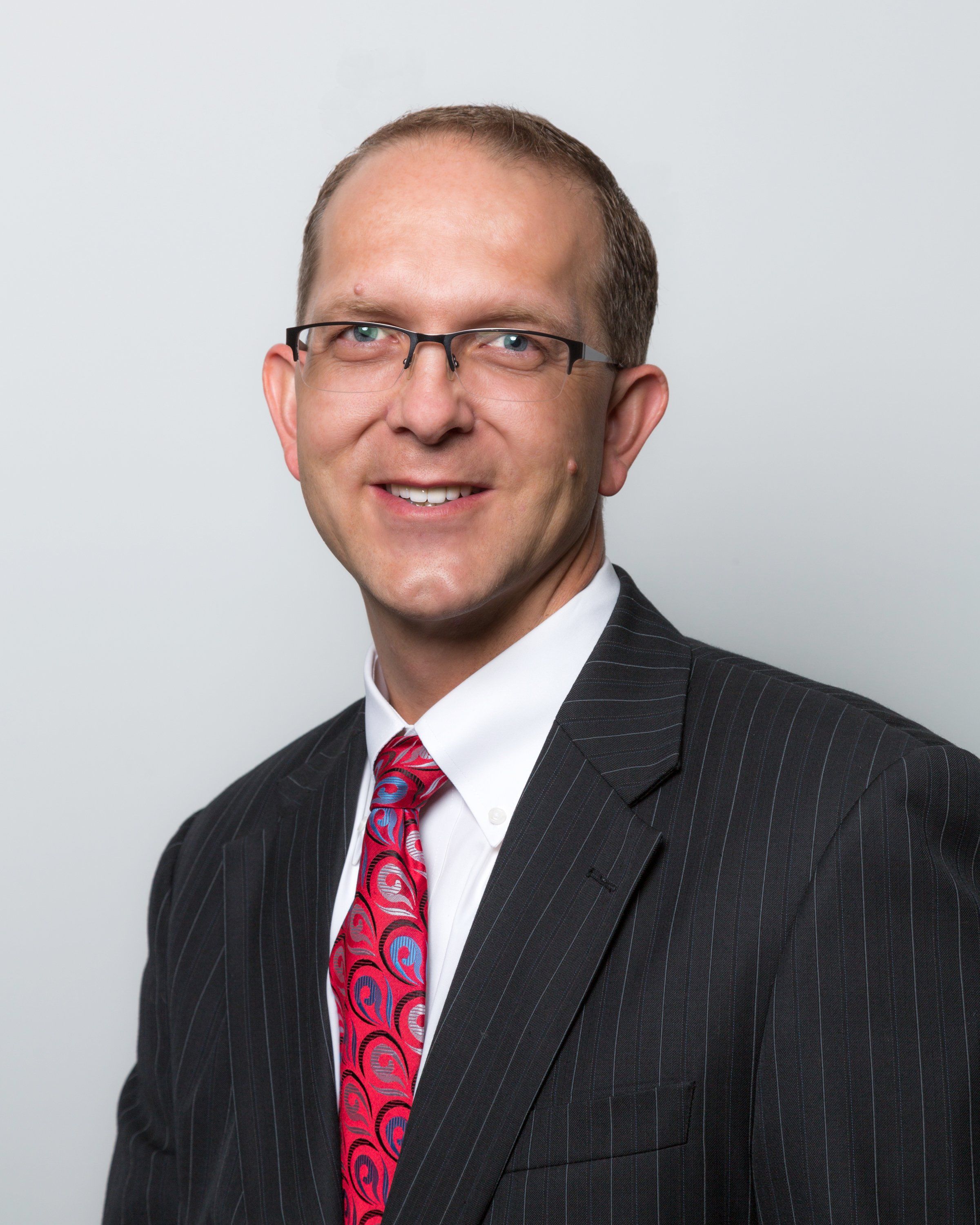
U.S. cities are home to 62.7% of the American population, according to the U.S. Census Bureau. This number is expected to grow to 87.4% by 2050, according to data and projections by the United Nations Department of Economic and Social Affairs.
Justin Brasell, BBA, MBA, executive vice president, Transwestern, a real estate services firm, cites a variety of reasons for the influx to urban areas. Cities often have higher-paying jobs, public transportation, and top-notch entertainment, food, higher education, and healthcare. Additionally, specialized workforces are emerging in large, urban populations as demand grows for top expertise in specific fields. For example, Houston attracts specialization related to the energy sector, while San Francisco talent is focused on technology.
“As the population ages, there is not only a desire but also a necessity to be in closer proximity to people and resources,” says Andrew Renda, MD, MPH, director, office of the chief medical officer, Humana.
Furthermore, Henry W. Osowski, managing partner, Strategic Health Group LLC, which advises health plans and system leaderships, says increasing mechanization, automation, and innovation in the agriculture sector is decreasing the number of workers required to sustain agricultural production in rural areas.
Positive effects on healthcare
Healthcare organizations in urban environments have several advantages over those based in rural areas. High volume in healthcare for certain services is correlated to greater quality, says L. Allen Dobson Jr, MD, president and CEO, Community Care of North Carolina, Inc., an organization dedicated to improving community-based primary care delivery systems. “The more times a specialist performs a specific procedure, the better the expert becomes in providing it,” he says. Having a greater volume of potential patients is especially important for services that require expensive equipment and overhead, (e.g., diagnostic imaging, operating rooms, and laboratories).
Because urban areas have a more diverse population, they also have a higher representation of younger, healthier, and more affluent residents, Dobson says. “This population has a higher percentage of private sector insurance coverage, which pays higher rates than public programs such as Medicare and Medicaid. A broader payer mix coupled with the basic economic and lifestyle advantages of an urban area is attractive to many physicians and other healthcare professionals.”
Along these lines, Osowski says, “The benefits of an urban environment will likely provide a continuing source of trained professional employees at a time when manpower shortages threaten the efficient delivery of healthcare in some communities.”
From a patient perspective, access to primary care, preventive care, and community resources tends to be better in urban areas, which increases the likelihood of completing annual wellness visits, receiving regular care, and monitoring chronic conditions. “This, in turn, likely leads to better health outcomes and a lower total cost of care,” Renda says.
Movement to urban areas means more people are accounted for when healthcare systems complete community needs assessments. This enables more social determinant needs, such as food insecurity and public transportation, to be addressed for more people, says Renda.
As the population shift continues to increase demand in cities, urban health systems and providers will have both the opportunity and challenge of winning patient business and loyalty by decreasing wait times, increasing price transparency, optimizing patient scheduling, and providing convenient access, Brasell says.
Noteworthy downsides
While cities are drawing more residents due to their plethora of benefits, a migration toward urban areas can lead to overcrowding as well as exposure to poor air quality and limited opportunities for physical activity, says Renda. “Health systems may be faced with higher numbers of individuals with respiratory conditions, obesity, diabetes, and cardiovascular events, as well as infectious diseases spreading quickly due to people’s close proximity.”
Depending on how rapidly the population grows and the current balance of supply and demand for healthcare resources, there may be a period of time where the number of healthcare providers needs to increase in order to meet rising demand, says Todd Werner, president of Arizona Community Delivery, Banner Health, a Phoenix-Arizona based health system which operates 28 hospitals. “While this occurs, patients may experience longer wait times as more demand is being placed on resources that typically have significant lead times to bring to market, such as recruiting physicians and constructing new physical space.”
Greater competition among health systems exists in urban areas, with several large health systems often competing for patients. “While this should result in lower costs, it often has the opposite effect as more integration has led to higher commercial health insurance rates,” Dobson says.
Impact on healthcare in rural areas
At the other side of this trend there is a move away from rural areas increases financial and operational pressures on rural hospitals and other providers. Like most businesses, health systems thrive based on optimal patient volumes for the mix of providers in the health system.
“When patient volumes decrease in rural areas, it becomes more difficult to operate a high-quality, well-resourced operation,” says Julie A. Jacko, PhD, professor in the Dr. Kiran C. Patel College of Allopathic Medicine, Nova Southeastern University, and professor of complex health systems, H. Wayne Huizenga College of Business and Entrepreneurship.
For example, it’s harder for providers to realize the benefits of economies of scale when making investments such as hiring staff. “When there are fewer patients to serve, operations become more expensive,” says Adaeze Enekwechi, PhD, vice president at McDermott+Consulting, a wholly owned subsidiary of the law firm McDermott, Will & Emery. “Providing care to smaller and dwindling populations becomes less efficient over time.”
A rural hospital may also have difficulty attracting physicians and other healthcare providers, and therefore face challenges in maintaining needed services, Dobson says.
Consequently, rural and small suburban hospitals continue to close or be acquired by larger systems and converted to reduced-acuity services, Osowski says.
Population declines can also result in providers not being able to see enough volume to remain adequately proficient, leading to discontinuing some services, says Hoyt Skabelund, CEO, Western Division Rurals, Banner Health.
It should also be noted that populations in rural areas tend to be older, sicker, less affluent, and more likely to have barriers to health involving social determinants, Dobson says. “This can be a challenging population to treat, because health problems tend to be more complex and the payment mix will skew more heavily toward Medicare and Medicaid, which has a much lower profit margin for healthcare providers.”
Some patients in rural areas have to travel long distances for specialized treatment and consequently substitute local primary care providers for specialists or postpone or forego care from a specialist, Osowski says, noting that the challenges that rural residents face in accessing healthcare services contribute to health disparities.
Regarding insurers, sparsely populated rural areas can lead to a reduced pool of individuals to insure in that market, Enekwechi says. Overall, this could result in more expensive premiums or fewer plan offerings.
How to address rural health problems
While people who live in rural areas may appear to be at a disadvantage for obtaining healthcare, some viable alternatives to seeking care in urban areas are emerging. Telehealth, for example, is one way for people living in rural areas to receive healthcare, particularly as technology improves and telephonic and broadband infrastructure expands further to less populated areas, Renda says.
Telemedicine solutions can address minor issues, such as the common cold and flu, and therefore drive a correct level of care and likely avoid some non-emergent emergency room visits. Telemedicine also helps to meet patients where they are and when they need care by addressing non-acute health needs in the home for people with limited transportation, hectic schedules, or a preference to avoid traditional healthcare settings, Renda says. By treating patients more quickly, it reduces the likelihood of their conditions worsening.
Telephonic and in-home disease management services have become commonplace, with many organizations leveraging nurses, pharmacists, social workers, psychiatrists, and other healthcare providers. “Technology platforms have created web- and app-based virtual group environments for chronic disease self-management,” Renda says.
Telemedicine is also a good solution for patient wellness and prevention. Several states have instituted telehealth programs for preventing catastrophic chronic diseases such as diabetes. For example, Florida has a diabetes prevention program that distributes health-related information through telecommunication technologies to educate people who are pre-diabetic about preventing the disease. “The objective is to propagate proven research into communities,” Jacko says.
A natural and needed area of growth for telehealth is its use in patients’ homes, especially for elderly patients and individuals with chronic, debilitating illnesses, Jacko says. Furthermore, studies have demonstrated that aging in place benefits seniors. “This is more likely to become a widespread reality if telehealth becomes a fixture in seniors’ homes,” she says.
Telehealth can also increase collaboration between primary care physicians and specialists, or among specialists treating the same patient, Dobson says. “This can make the expertise of an academic medical center more accessible to small-town physicians.”
One of the challenges of telehealth is to develop more flexible payment methodologies that would allow, or even promote, such collaboration, he says. “Carriers in a value-based arrangement should be more willing to pay for telehealth because those fees would likely be lower than alternative approaches to care.”
Other solutions
In addition to telemedicine, online prescription subscription and delivery services are helping address rural health access problems. “These services extend prescription access to patients who might have limited access to personal or public transportation,” Brasell says. “As online subscription programs become more prevalent to meet demand, they will become more affordable.”
Osowski says another way for people in rural areas to gain access to healthcare would be for medical schools, private foundations, or local communities to offer financial incentives for physicians to practice in rural environments after graduating from medical school.
Along these lines, Dobson says medical school debt forgiveness and tax deductions or credits should be implemented to encourage new physicians to practice in rural towns. “Even though such incentives would only last a few years, there is some evidence that doctors beginning in a rural practice tend to be more likely to want to stay in that setting, leading to long-term benefits for those communities,” he says.
Visiting specialists could also play key roles in providing specialty care services in rural settings, ultimately growing ancillary service volume and creating patient value and convenience, Skabelund says.
Another idea might be for urban-based medical centers to open clinics, urgent care centers, and other ambulatory satellites in rural markets, similar to what Geisinger Health System has done in Pennsylvania, Osowski says.
Karen Appold is a medical writer in Lehigh Valley, Pennsylvania.

Extending the Capabilities of the EHR Through Automation
August 2nd 2023Welcome back to another episode of "Tuning In to the C-Suite," where Briana Contreras, an editor of Managed Healthcare Executive, had the pleasure of chatting with Cindy Gaines, chief clinical transformation officer at Lumeon.
Listen